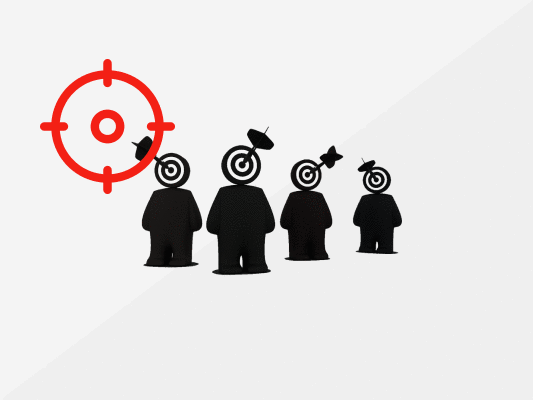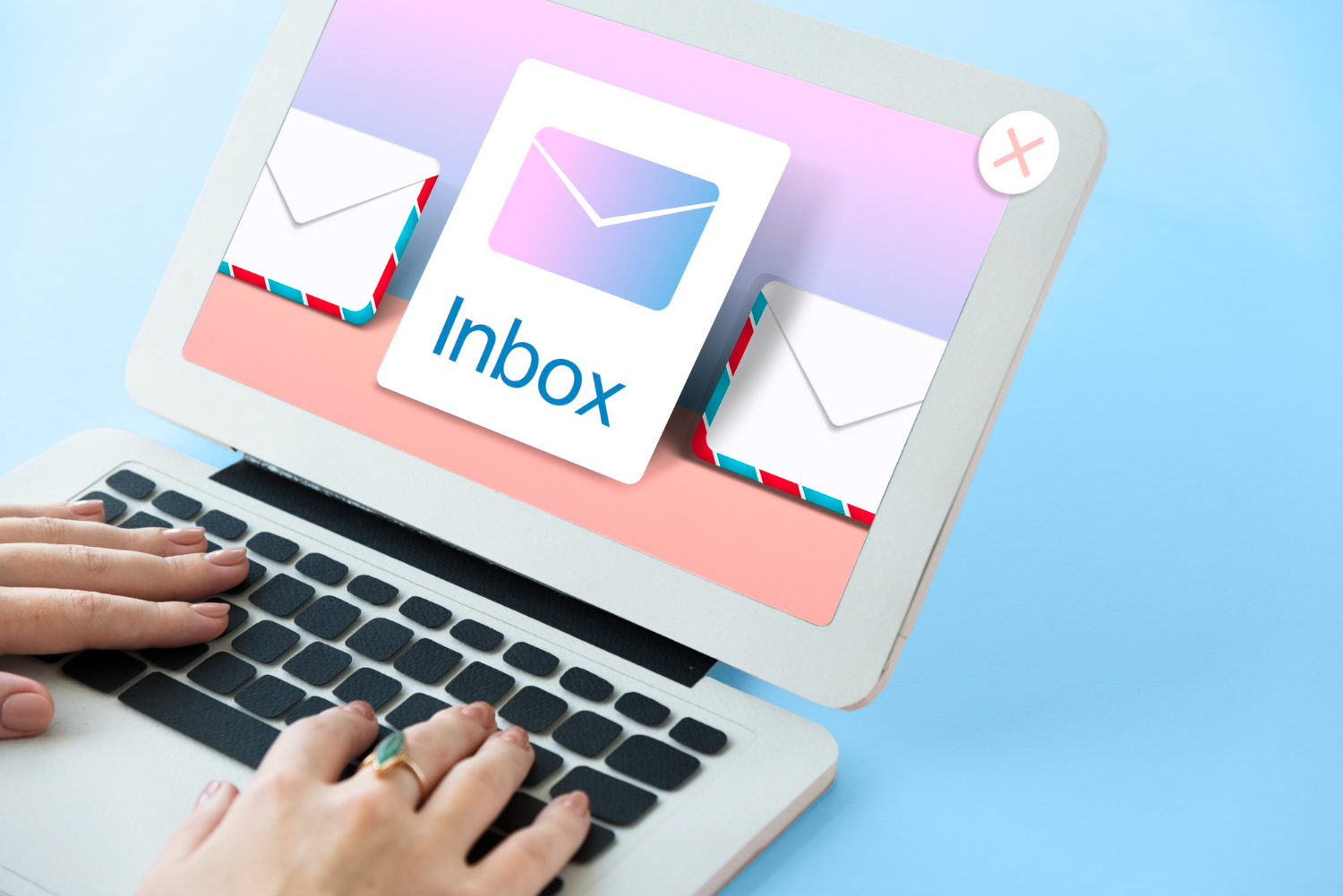In email marketing, timing isn’t just important; it’s everything. You could craft the most brilliant subject lines, write irresistible copy, and design beautiful emails, but if you get the frequency wrong, it could all go to waste. Send emails too often, and your subscribers feel overwhelmed, frustrated, and may unsubscribe. Send them too rarely, and you risk being forgotten, losing engagement, and ultimately missing revenue opportunities. So, how often should you send email campaigns?
Studies suggest that sending between 10–19 emails per month works well for small businesses, especially those in industries like e-commerce. But the truth is, there’s no universal answer. The right frequency depends on factors like your audience, industry, and the value you’re delivering. Let’s explore what it takes to strike the perfect balance and get the most out of your email marketing campaigns.
Why Email Frequency Matters

Finding the right email frequency is like walking a tightrope. Send too many, a you risk burning out your audience. Send too few, and your brand fades into the background.
It’s a high-stakes balancing act because email marketing drives results when done right. Too many emails create frustration and lead to high unsubscribe rates. Too few emails result in reduced engagement, lower click-through rates, and fewer sales.
The challenge is finding that sweet spot where your emails feel frequent enough to stay top-of-mind, yet valuable enough to keep your subscribers happy and engaged. And the way to find that balance starts with knowing your audience, your industry, and your goals.
Key Factors That Influence Email Sending Frequency
There are several factors that determine how often you send email campaigns, some of which include:
1. Audience Expectations
Your audience’s preferences should guide your email frequency. If subscribers signed up for a monthly newsletter, sticking to that schedule will maintain their trust. Sending more emails than expected—without a clear reason – can lead to frustration and increased unsubscribe rates.
On the other hand, subscribers who expect frequent updates, like product launches or educational content, might be disappointed with infrequent communication. Understanding what your audience wants is critical.
For instance, a B2B audience might appreciate a low frequency of highly detailed emails, while consumers in the retail space may expect more frequent promotions, especially during sales periods. The key is to match your content and timing to their expectations.
2. Industry Norms
The right frequency often depends on the norms in your industry. Retail and e-commerce brands, for example, send emails more frequently – sometimes multiple times per week, especially during peak shopping seasons like the holidays. Meanwhile, B2B companies prioritize quality over quantity, often sending only a few emails per month.
If you’re unsure about the right frequency, researching your industry’s standards is a good starting point. However, it’s important to tailor your approach to your specific business goals and audience.
3. Content Quality
How often you email is only part of the equation – what you send matters just as much, if not more. Relevance and value are the foundations of effective email marketing.
Bombarding inboxes with generic, irrelevant content is a surefire way to lose your audience. Instead, every email should serve a clear purpose, whether that’s providing helpful advice, sharing insights, or offering deals that matter to your subscribers.
When your emails consistently add value, subscribers will welcome them, even if they’re sent more frequently. Conversely, low-value emails sent less often can still feel intrusive.
4. Engagement Metrics

Your audience will tell you through their behavior, whether you’re emailing too much or too little. Track key metrics like open rates, click-through rates, and unsubscribe rates to measure your email performance.
If your open rates are declining or your unsubscribe rates are spiking, it may indicate that your email frequency is too high, or that your content isn’t delivering value. Conversely, low engagement could mean you’re not emailing enough to maintain a connection with your audience.
A/B testing can also provide valuable insights. For example, try sending weekly emails to one segment and biweekly emails to another, then compare engagement levels. Use this data to fine-tune your strategy.
How to Find the Right Email Marketing Campaign Sending Frequency
Having a solid understanding of how often you should send email campaigns is as important as the content of your emails. Here are strategic tactics on how to find the right time to send your emails:
Segment Your Audience

Not all subscribers are the same, so treating them as such can harm your results. Segmenting your audience allows you to tailor your email frequency to their preferences and needs.
Highly engaged subscribers might appreciate frequent updates, while less active readers may prefer occasional check-ins. Segmenting by behavior, demographics, or preferences ensures that your emails feel relevant, increasing both engagement and satisfaction.
Monitor and Adjust Based on Data
Email marketing isn’t a one-size-fits-all or set-it-and-forget-it strategy. Continuously monitor your performance metrics and adjust your email frequency accordingly. If your unsubscribe rates rise or engagement metrics drop, revisit your content, timing, and targeting.
Be flexible and willing to experiment. Some segments of your audience may respond well to higher frequencies during certain periods, like product launches, while others may prefer a steadier, low-frequency approach.
Conclusion
The perfect email marketing campaigns frequency is a balancing act that requires constant monitoring, testing, and adjustment. Your goal is to keep subscribers engaged without overwhelming them, because a well-timed, relevant email is far more effective than multiple poorly timed ones.
By understanding your audience, delivering high-quality content, and adapting to engagement metrics, you can strike the right balance that drives results. Remember, frequency alone doesn’t drive success—it’s the value and relevance of your content that keeps subscribers coming back.




